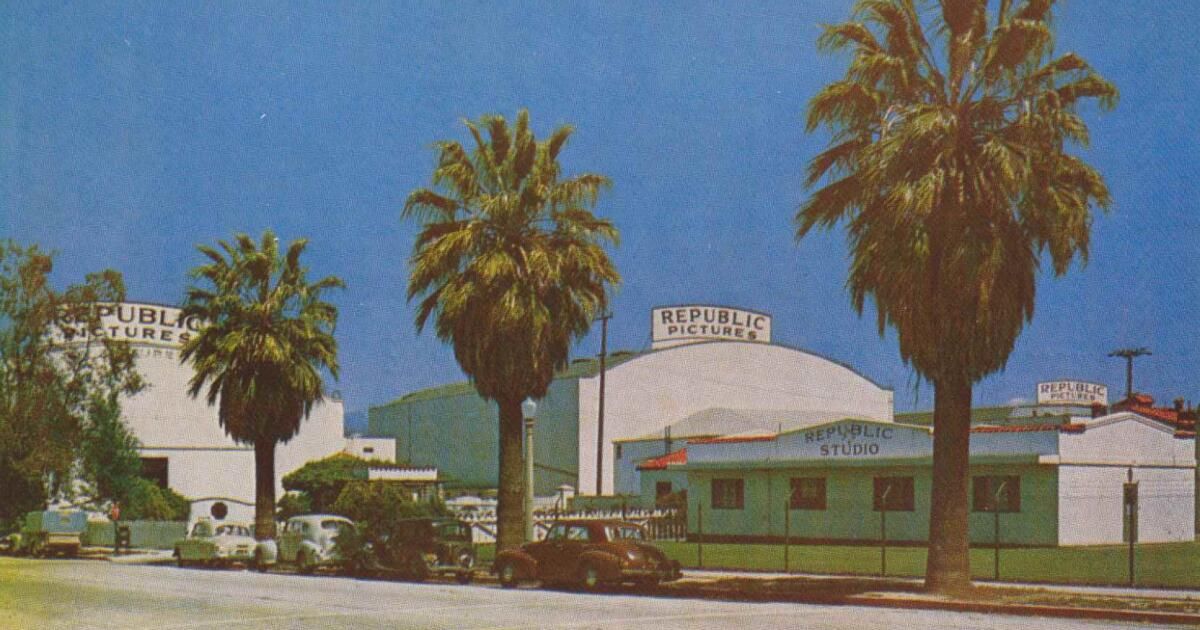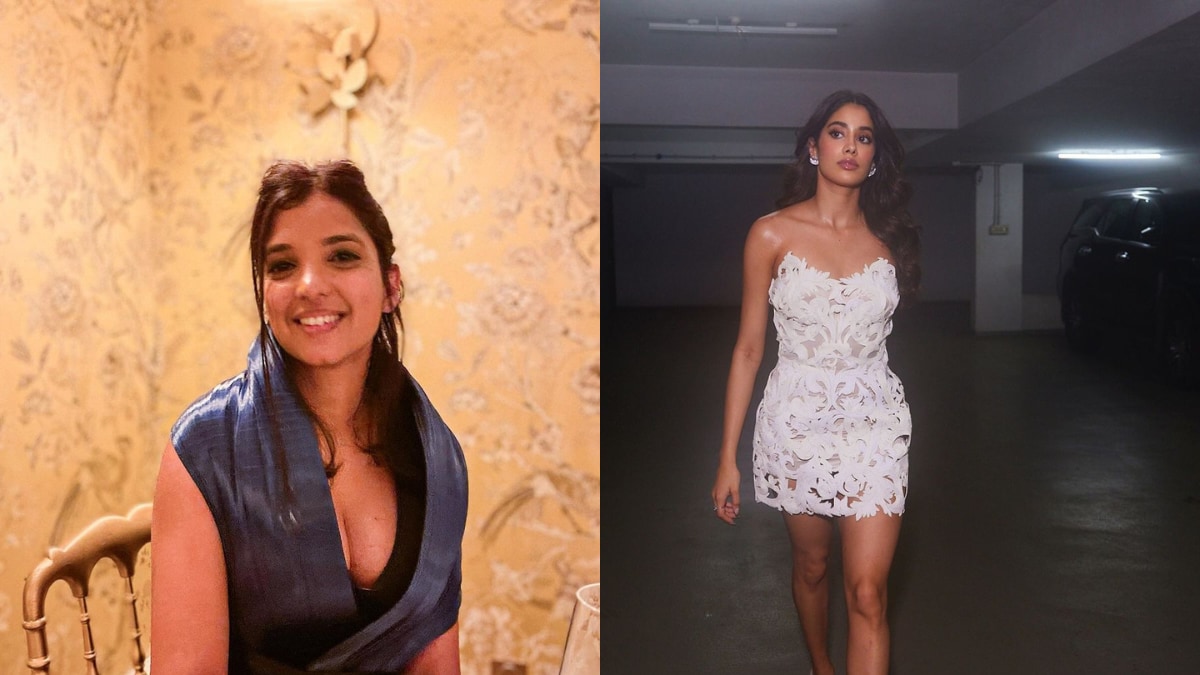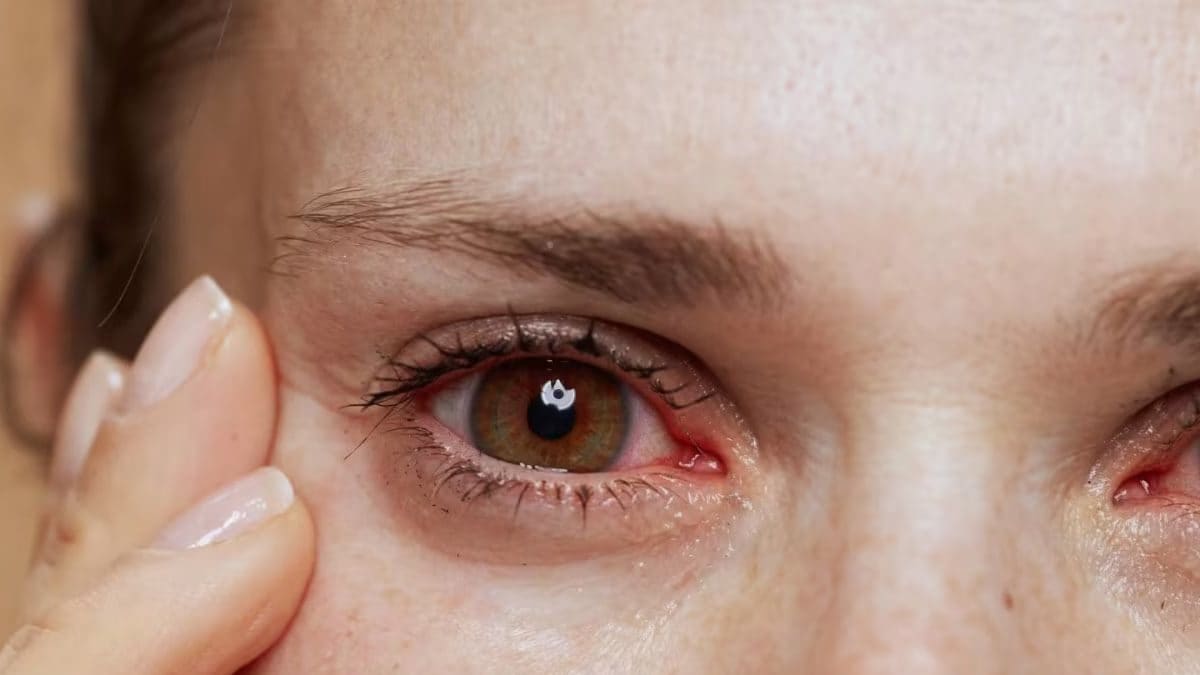Call the mourners everywhere.
And remind them to bring their chainsaws.
We meet to prepare to say goodbye to Los Angeles palm trees.
Los Angeles knows how to resist a crisis, or two or three. Angelen is taking advantage of that resistance, struggling to build a city for everyone.
Do not scare. This is not an alert about any wholesale death of palm trees. Not all of them, anyway, and not immediately. But Ecclesiastes did the right thing about everything had a season, “a time to plant and a time to start what is planted.”
The season, the long and long winning season, for so many of our palm trees, is advancing in its course. Our exotic, coming and casual forest is being scheduled slowly.

Can we imagine Hollywood without palm trees?
(Justin W dennis / justin – stock.adobe.com)
We stand at a turning point for the, after fires, in the control of climate change, emphasizing our future to the roots. Literally to the roots. Thousands of inconduid trees burned in fires. Thousands more are thinning with the disease, drought and age. How do we replace our geriatric urban forest with more and better trees?
The original was not the primeval forest. It was a landscape of bushes with thickets and chaparral and herbs. What native trees grew along with the water, which flowed abundantly, if seasonally, until we took care of the earth and dried through the river routes.
Las Palmeras arrived in the city with the missionaries, for religious ceremonies, and then, decades later, with the great argument of sale of public relations in southern California as the “American Mediterranean”, which demanded the correct dressing: the palm trees.
The beautiful movement of the city of the 1910 and 1920 and the glories of the 1932 Olympic Games put thousands of trees of all kinds in the ground to decorate the public, everything they had to do was look good; Preparing for drought or heat was betrayal.
Angelen's faith that almost anything could grow here, was usually correct. The most unlikely tree cuttings in the world took here, adapted and came to code the locals.
Thus, Los Angeles became a tree zoo.
Now is the time to turn it into a tree ark, and not all species should do so on board.
Climate change changes cities. We can no longer pay free trees, however glamorous. Palmas suck the water like camels, but only enough sheet to shade a hula-hoop. The fall of the fronds can deliver a whack, and during the fires, the palms are illuminated as a flaw.

People wear a garden hose to extinguish a palm fire on January 8.
(Jason Armond / Los Angeles Times)
The non -profit organization Treepeople has been trying to prepare for this for years.
Bryan Vejar is an arborist teacher who directs community forestry for treepeople, and yes, in fact, he has some ideas on the subject, and this is the time we need to listen to them, so take it, Mr. Vejar:
“Trees are not something cosmetic, some ornaments. They are also critical infrastructure, such as traffic signs and traffic lights. They have great value for community health and safety.”
“We should plant trees that meet a greater variety of ecological benefits. There is only a clear response. The trees that we plant now have to be adaptable to the weather for time forecasts for 50 and 60 years.”
“Native trees also support local wildlife, specifically the endemic of our geographical bioma. Pollinators, anidal birds, migratory birds and other species trust them.”
“Not many trees check each box. You want trees that are very durable and very resistant, which can support many different types of soil in any community.”
Very good, then. What is and what comes out once we carry old trees and/or plants new?
Out: most of the palms. And do not replace them with something like Crape Myrtle, which is beautiful but does not offer much shadow for the space it occupies.
Most eucalyptus, outside. They are invasive under the ground and torchi torches above.
Sweet gums, out; They are also invasive, triggering allergies and throwing unpleasant and pointed balls like alien spoor. (Some trees appear in a list approved by the city, but Treepeople gives them a “branches down”).

Jacarandas in Bloom in Long Beach in May 2024.
(Christina House / Los Angeles Times)
I share the hate of vexing for the relentless “tree of heaven”, the deciduous plant that is sometimes called a stinking scope. You see it everywhere; Not only multiplies the natives, but also poisons to kill competition and ruins biodiversity. Its leaves can also kill your dog. If you see one in your garden, kill it before we kill us.
Vejar's “ins” include native oaks and some sicomor, black nogales, desert willows, African amace tolerant to drought and Chinese pistache.
Ficus trees eliminate air pollution and throw a vast shadow, something vital when an urban forest can reduce 10 or 20 degree temperatures. Ideal, right? However, the cities were recklessly planted next to the sidewalks, that their mature roots are now broken and divided.
“What makes it a battle horse for urban forests,” says Vejar, “is also what makes cities to pay millions in demands of people who shoot, rapes of ADA and others.”
So, suppose the palms take their last reverence? What substitute is ready to get on stage as our new tree star? The oaks and the sicáámacos are too generic. Naranes? Mori memento.
But Jacaranda, now there is beauty. Fast, generous cultivation with shadow, drought tolerant and forgetfulness of the ground. Bees and butterflies love them. And I mentioned beautiful? That ultraviolet mist that shines around a flourishing Jacaranda offers a moment of transcendent enchantment.
So what if the fallen petals are sticky? It is a small toll paid to glory. Like a chewing bundle fell on the Hollywood Walk of Fame.












